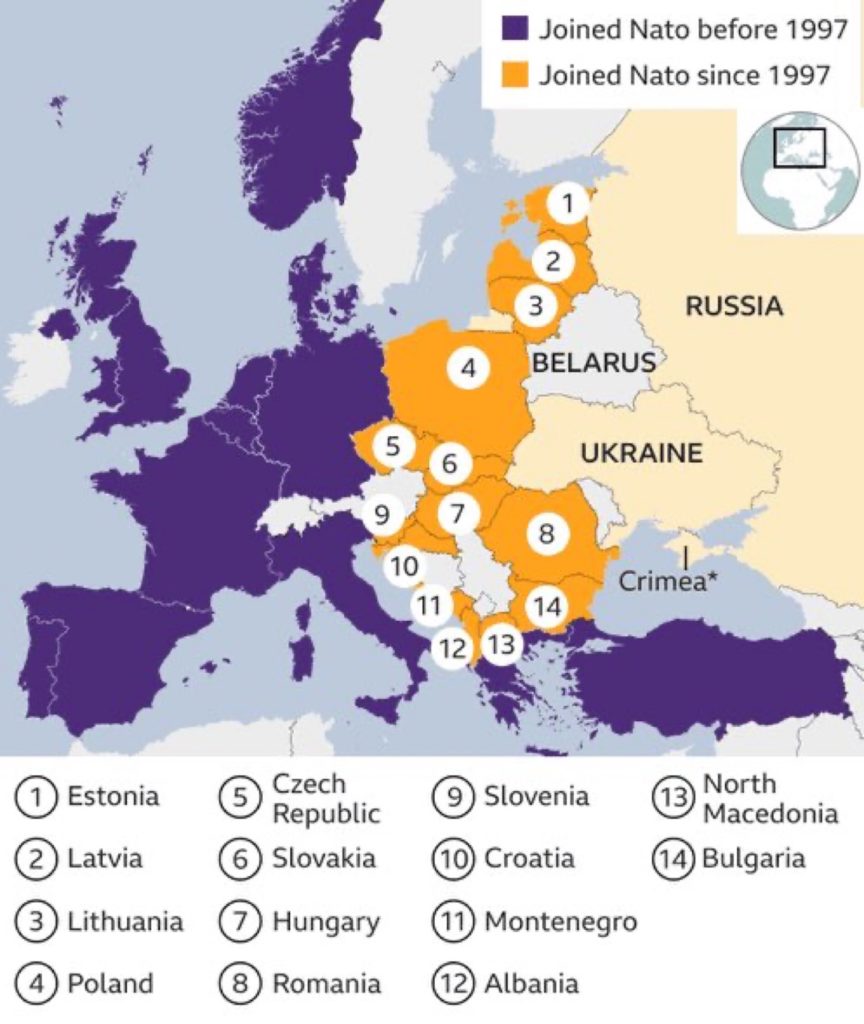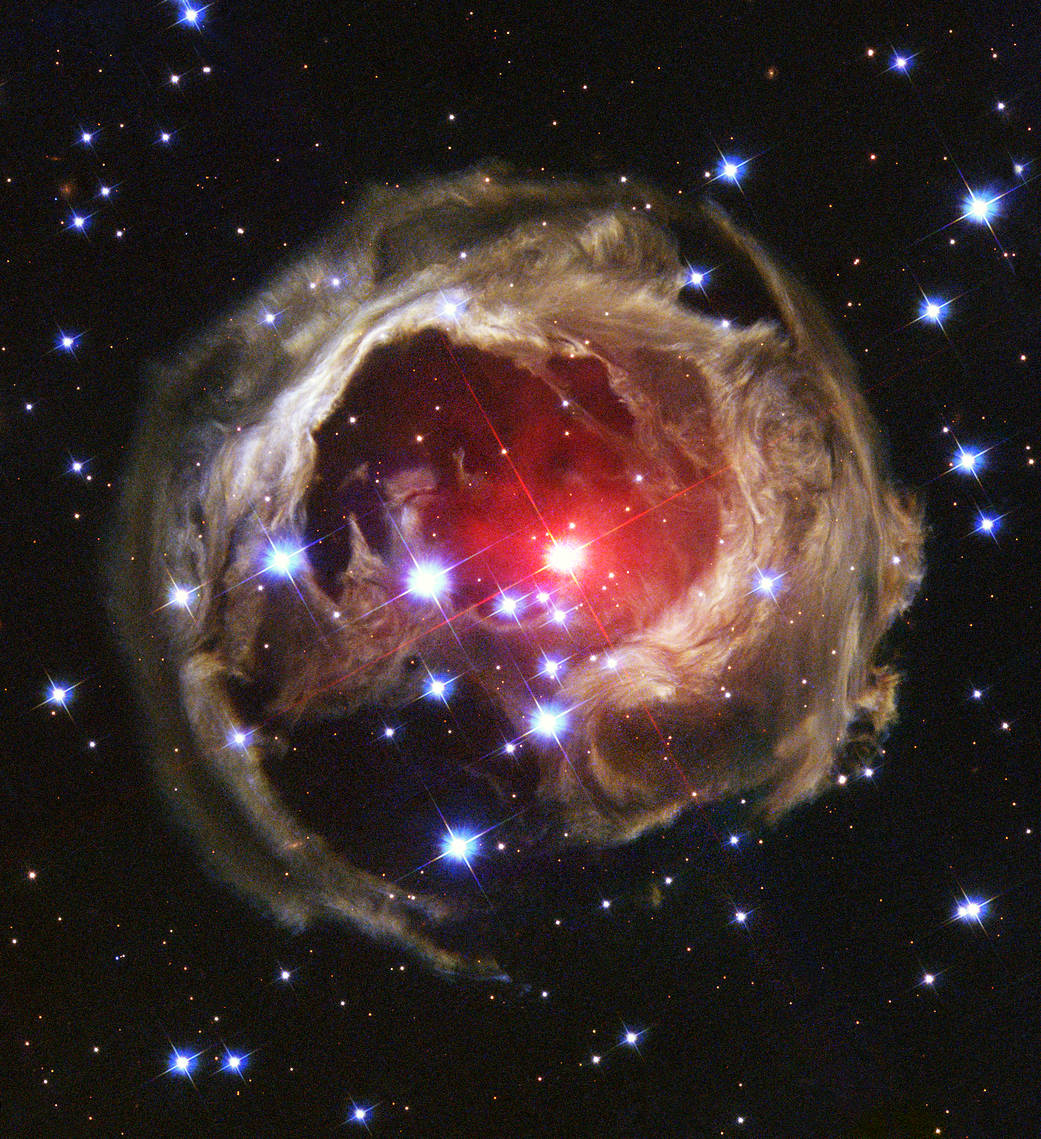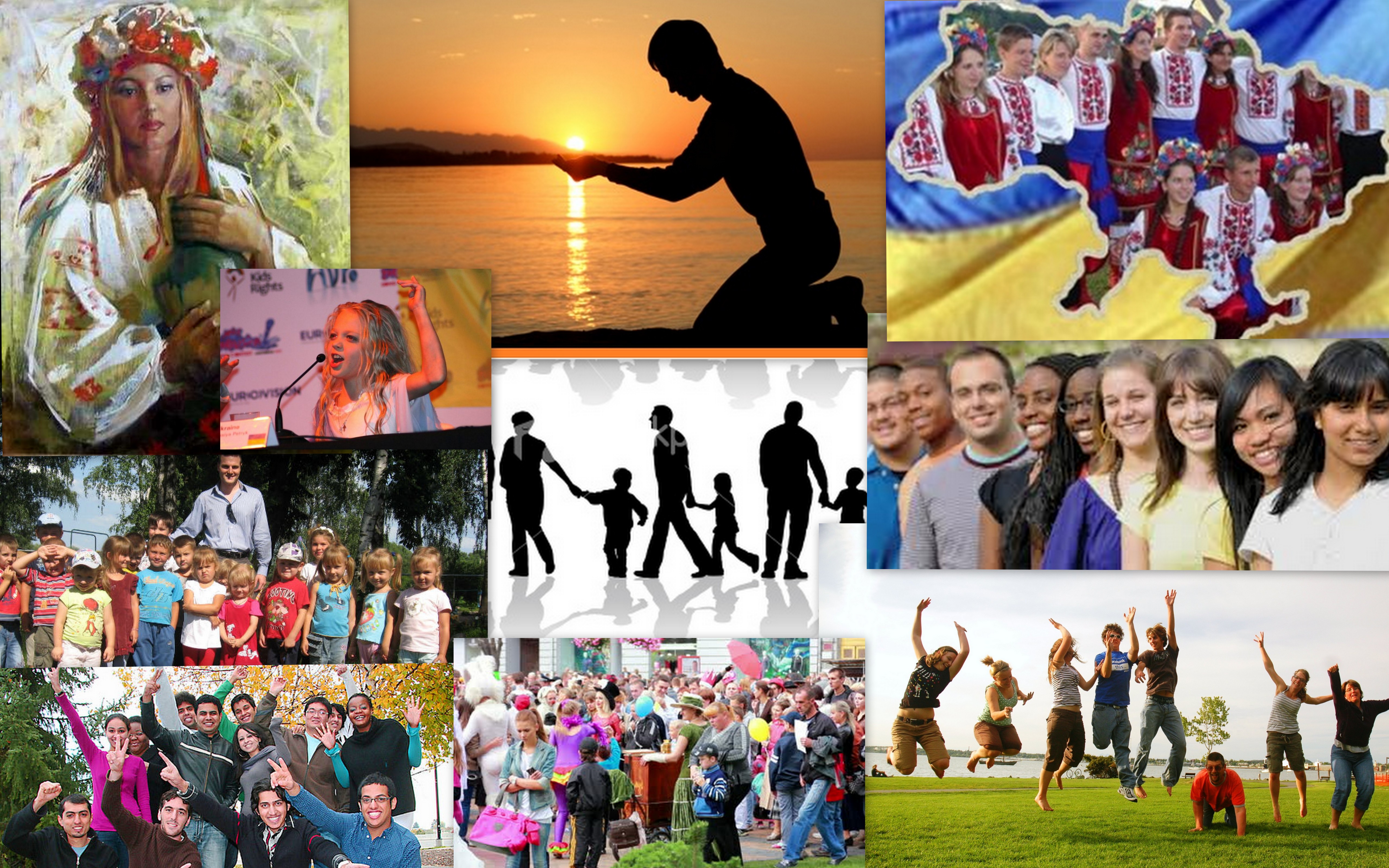
Let’s briefly review of Russia’s history since 1990
Going back to 1990, when the USSR was at the end of its existence. The USSR was a union of Republics that were socialist. The 15 Soviet Republics (SSRs) were the Russian Republic, Siberian Federal district, Ukrainian Republic, the Belarusian Republic, Moldavian Republic, Azerbaijan Republic, the Uzbek Republic, the Kazakh Republic, Estonian Republic, Kirghiz, Latvian, Tajik, Georgian and Turkmen Republics. Each of these areas have their own ethnic background and predominant language. The Baltic states comprised of Lithuania, Latvia and Estonia were freed from Nazi Germany by the Soviet Union.
Each Soviet Republic had their own local party chapters in the All-Union Communist party. The 1997 Soviet Constitution ensured that “the sovereign rights of union Republics shall be safeguarded by the USSR.”
In the 1980’s, driven by slow economic development and poor living standards, President Gorbachev in his report to the 27th congress of the communist party introduced a policy of openness (glasnost) and reconstruction (perestroika). Soon after, Russian citizens could own businesses and foreign businesses could form partnerships inside the USSR. These ideas are attributed to the dissolution of the USSR.
Upon the reunification of east and west Germany, Gorbachev agreed that the independent Germany would have the right to choose its international alliances. He agreed to this because US Secretary of State James Baker promised that NATO troops would not be posted to eastern Germany and that the military alliance would not expand into Eastern Europe: however, this was ignored by President Bush. This fact is stressed repeatedly by Putin in wake of recent military troop gathering near Ukraine.
Putin, having risen to lieutenant colonel, quit the KGB to be a taxi driver because he did not want to be part of the investigation of an unsuccessful communist hardliner attempt at a coup to unseat Gorbachev. In the summer of 1991 Mr. Putin was working in the mayor’s office of St. Petersburg during the dissolution of the USSR.
USSR was abandoned by the other Soviet Republics
In spite of Gorbachev and others believing that the Democratic elections would not lead to the Republics’ abandoning their commitment to Socialism, the Republics all left the USSR by December 16, 1991.
The Soviet red flag was lowered from the Kremlin for the last time and replaced with the Russian tricolor flag on December 25, 1991. Gorbachev resigned and turned over his presidential powers to Yeltsin who remained the president of the Russian Federation until 1999, when President Putin elected President of the Russian Federation. In 1999 Putin described communism as a “blind alley, far away from the mainstream of civilization.”
It was presumed that the 14 Republics would remain in Russia’s sphere of influence as it was the resource hub, yet it did not pan out. After 8 years there was still conflict in the 14 split-off Republics as the various internal personalities vie for power.
Russia fends off NATO by creating conflicts.
NATO Title 5 agreement assures each of the member countries will be militarily protected by all the other countries should they be attacked.
2004 Georgia was, and is still, working on becoming a full NATO member. In August 2008 Russia invades Georgia to protect S. Ossetia from discrimination by Georgians. As long as the conflict exists there, as it does today, Georgia will not be able to join NATO.
2009 Sergei Lavrov, the Russian foreign minister says “NATO approaching our borders is a threat. “
Flash back to 1954: Russia SSR transferred Crimea to the Ukrainian SSR. Sevastopol, Crimea is the base of the Russian Black Sea Fleet. Russia’s only warm water naval base. Khrushchev was very fond of Ukraine and expected this would cement the Ukraine Republic and the Russian Republic relationship. Technically the transfer was shy of one vote, nevertheless the deal proceeded.
On 26th of Dec 1991 Moldova declared itself a neutral state. In 1992, the region east of the Dniester River, consisting primarily of Russophones, feared the rise of nationalism. A brief war broke out until Russia intervened militarily, ending in the establishment of the Transnistria area. 1994 Moldova became a member of NATO‘s partnership for peace program. Moldova will not likely to obtain full NATO membership with the contested area of Transnistria.
Early 2010’s Ukrainian Pres. Yanukovych was promising the Ukrainian people that they would be able to have closer ties to Europe, participate in the European Union and be able to more easily travel to Europe without the cumbersome VISA requirements. Instead Yanukovich rejected the pending EU association agreement in favor of a Russian loan bailout to Ukraine and cheaper heating gas prices. This led to the “Euro-maidan” protests in November 2013 whereby Yanukovych was driven to Russia.
Putin, seeing that Ukraine’s populace was now starting to lean to the west took steps to secure its warm water naval base in Sevastopol, Crimea. Therefore he quietly seized the entire peninsula. Now his Black Sea Fleet could not possibly reside in a NATO country.
Also, in early 2014 two areas in the east of Ukraine, Luhansk and Donetsk (the Donbas area) were the center of protests that became a civil conflict. These two warring areas are sufficient to keep Ukraine from joining NATO, although there are other conditions which Ukraine has not yet met. Putin has declared he will defend ethnic Russians where ever they are and they were certainly in the Donbas.
Over the last eight years since the capture of Crimea and the war in Donbas, Ukraine has been rapidly developing their army and the United States has been sending Javelin anti tank missiles which could be used to retake the Donbas area.
Several frozen conflicts in Ukraine serves to keep Ukraine from joining NATO, whereby missiles would be even closer to Moscow. Ukraine is the largest European country and the 46th largest country in the world.
Putin starts an all out war against Ukraine.
February 24th 2022, Russia attempts to overrun the capitol city Kyiv, after threatening Pres. Zelenskyy in hopes he would capitulate. Yanukovych was in Belarus ready to take control of Ukraine. A Russian convoy stretching from Belarus’ border to the north, south to Kyiv’s outskirts was miraculously driven back. Russia soon occupied the second largest Ukrainian city, Kharkiv, located 25 miles from the border of Russia to the north as well as Kherson located further south near the Black Sea.
Ukraine routed the Russian troops from these locations and is now fixated on a near term counter-offensive to drive towards the Crimean peninsula to recapture it.

